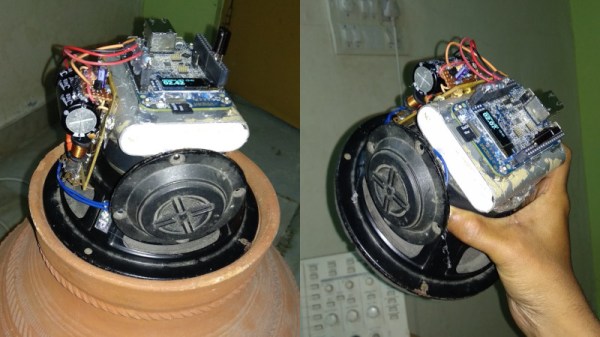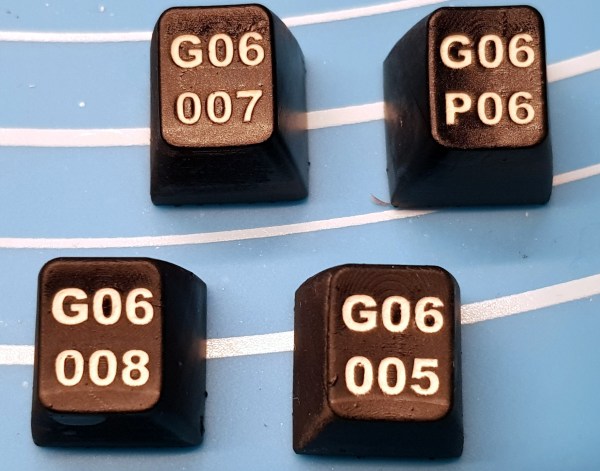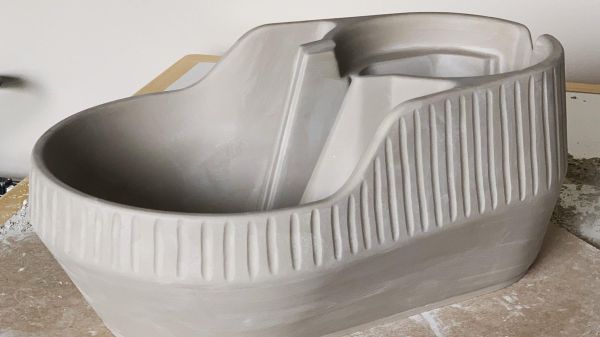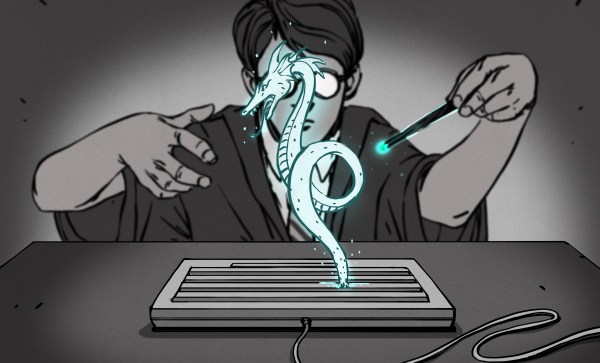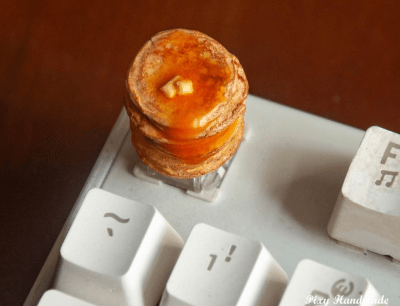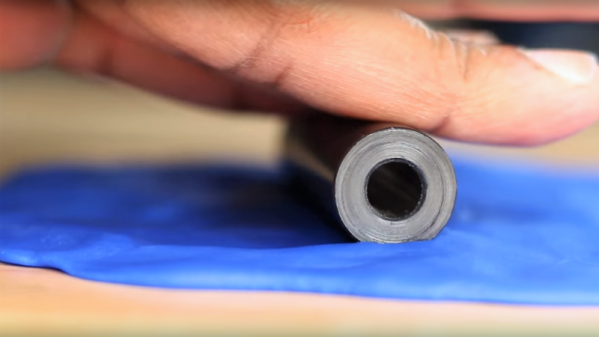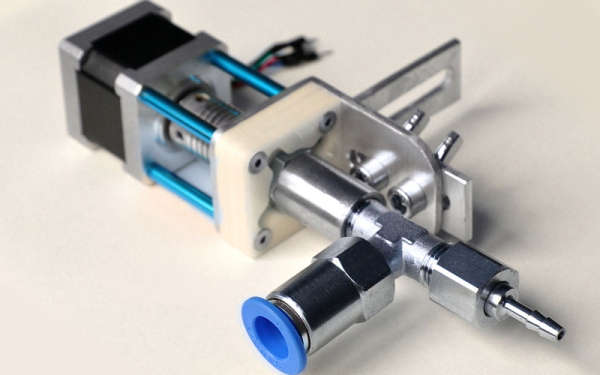In the streaming era, few of us think about MP3s on a day to day basis anymore. Our music collection is managed by warring executives in streaming companies from far-off lands. However, for [vinod], they’re still useful — seeing as he just built himself an MP3 player that fits in a clay pot.
The build is based on the FRDMK64F development board, packing a powerful 120 MHz ARM chip. This has enough grunt to decode MP3s on the fly, using the Helix MP3 decoder library. The MP3s themselves are streamed off an SD card, using the faster SDIO access method rather than relying on slower SPI. Once decoded, the resulting PCM audio data is shifted out via a DAC using the chip’s DMA hardware, allowing for smooth, glitch-free playback. Output to a big woofer is via a 15 W class D amplifier, with the whole rig powered from a USB powerbank.
With all the electronics piled on the back of a big woofer speaker with lashings of hot glue, the final result is quite imposing; all the more so when installed neatly inside a clay pot acting as a bass reflex enclosure. We’ve seen some concrete cast speakers before, but not nearly enough hacker projects in clay. Please rectify this, and inform us once you’ve done so. Thanks in advance — video after the break!
Continue reading “Clay Pot MP3 Player Whipped Up With The Freedom-K64F”

